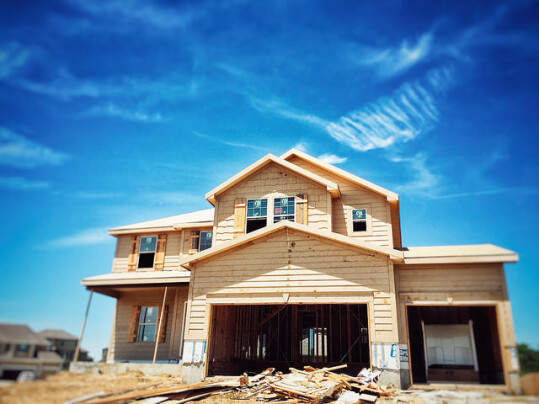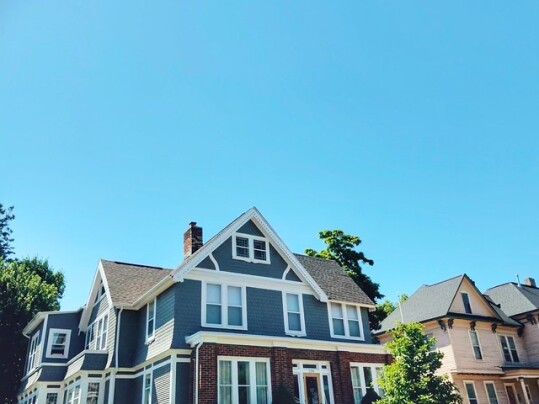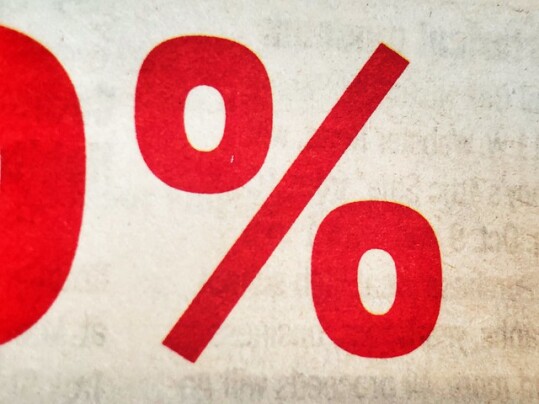The housing market is in transition. For years, there’s been a shortage of homes for sale and an abundance of buyers. But elevated buyer demand – fueled, in part, by historically low mortgage rates – slowed this spring when mortgage rates increased and caused some buyers to hit pause on their buying plans. Affordability conditions have become more challenging. That much is true. But, in some other ways, the market’s gotten better for buyers. In fact, summer home shoppers may actually be able to benefit from the market’s recent changes. How so? Well, for one, options. The inventory of homes for sale is improving. That not only provides buyers with more homes to choose from but also means there will likely be less competition and fewer bidding wars. Time on market has also improved. Buyers will find they have a little more time to make decisions, since there are fewer buyers competing for the same homes. With homes for sale lingering longer on the market, buyers will finally get some relief from the stressful pace of the past few years. Put simply, the housing market is rebalancing but changing conditions don’t necessarily mean bad news for buyers. (source)
Archive for July 2022
How Buyers Benefit From A Changing Market
Builder Confidence Drops As Market Softens
Home builders have a unique perspective. Their business depends on being able to anticipate where and when home buyers are looking to make a move. Which means, they have to be able to read the market if they hope to be successful. That ability is why the National Association of Home Builders conducts a monthly survey tracking builders’ perception of the market for new homes. The NAHB’s Housing Market Index scores builders’ responses on a scale where any number above 50 indicates more builders see conditions as good than poor. In July, the index fell to 55. Jerry Konter, NAHB’s chairman, says survey responses indicate the market is beginning to soften. “Production bottlenecks, rising home building costs, and high inflation are causing many builders to halt construction because the cost of land, construction, and financing exceeds the market value of the home,” Konter said. “In another sign of a softening market, 13 percent of builders in the HMI survey reported reducing home prices in the past month to bolster sales and/or limit cancellations.” Despite a challenging market, though, the index component measuring current sales conditions was still largely positive, scoring a 64 in July. (source)
Time On Market Showing Signs Of Improvement
In a competitive market, homes for sale don’t last long. A listing can appear mid-week and have multiple offers by the weekend. Because of this, recent home buyers have had to move quickly. There’s no time to linger or deliberate when there are other buyers ready to make a move. That can be challenging. But fortunately for summer home shoppers, the housing market’s frantic pace may be slowing. In fact, new numbers show homes for sale are starting to spend more time on market. The improvement is small but the trend is moving in the right direction. According to the data, during the last week of June, homes were selling three days faster than they were last year at the same time. That improved to two days during the first week of July and, by the week ending July 9, it was just one day. In other words, homes are spending a little more time on market than they were even a few weeks ago. Still, buyers need to be prepared. While the trend is positive, homes continue to sell quickly, especially good ones. (source)
Low Inventory Still Ranks As Buyers’ Top Problem
The number of homes for sale has recently showed signs of a rebound after hitting historic lows during the pandemic. The additional listings are obviously welcome news for prospective home buyers. But while there have been signs of improvement, listings remain low. In fact, according to one new survey of Realtors, too few homes for sale is still the leading factor holding their clients back from buying a house. In other words, the low supply of homes ranks as an even bigger hurdle than high home prices and the recent spike in mortgage rates. “In the last year, Realtors continued to navigate a challenging housing market and cited the biggest factor holding back the housing market was tight inventory,” Jessica Lautz, NAR’s vice president of demographics and behavioral insights, says. But while conditions have been challenging, buyers have persevered. Last year, for example, 6.12 million existing homes were sold – the most since 2006. (source)
Mortgage Rates Mostly Flat From Week Before
According to the Mortgage Bankers Association’s Weekly Applications Survey, average mortgage rates were mostly flat last week, with rates for 30-year fixed-rate mortgages with conforming balances unchanged from the week before. Rates for loans backed by the Federal Housing Administration declined week-over-week, while jumbo loans and 15-year fixed-rate mortgages saw smaller decreases. Though rates remained relatively steady, mortgage application demand still fell, with the purchase index down 4 percent from one week earlier. Joel Kan, MBA’s associate vice president of economic and industry forecasting, says demand dropped but so has the average loan size. “After reaching a record $460,000 in March 2022, the average purchase loan size was $415,000 last week, pulled lower by the potential moderation of home-price growth and weaker purchase activity at the upper end of the market,” Kan said. The MBA’s weekly survey has been conducted since 1990 and covers 75 percent of all retail residential mortgage applications. (source)
Credit Availability Index Unchanged In June
In order to buy a house, you need a mortgage. To get a mortgage, you need to be approved for a loan. That means having a lender look at your finances to determine whether or not you can manage the financial obligations of owning a home. In part, that determination will be based on current lending standards. When standards are tighter, your finances will have to be in better shape to qualify for a loan. When they loosen, you have a better chance of being approved, even if your credit history isn’t perfect. The Mortgage Bankers Association keeps track of lending standards from month to month in an effort to measure how easy or difficult it is for prospective buyers to get approved for a mortgage. In June, their Credit Availability Index was relatively unchanged from the month before. Joel Kan, MBA’s associate vice president of economic and industry forecasting, says, these days, credit availability depends on the type of loan. “Credit availability was mixed by loan type, with the conventional index up 1.2 percent and the government index down 1.7 percent,” Kan said. “Although there was reduced supply of lower credit score, high LTV rate-term refinance programs, the decline was offset by increased offerings for conventional ARM and high balance loans.” (source)
Median Home Price Hits New High
There’s been a lot of speculation lately that home prices are going to start cooling off. That may be true, and it’d certainly be a relief to home buyers trying to navigate today’s market. But while price increases are expected to slow in the coming months, new numbers from ATTOM Data Solutions shows they continued climbing during the second quarter of this year. In fact, according to ATTOM’s most recent 2022 U.S. Home Affordability Report, the median price of a single-family home hit a new high of $349,000 during the second quarter. That beats the previous high, reached during the first quarter when the median price was $320,000. Rick Sharga, executive vice president of market intelligence at ATTOM, says, until recently, rising prices have largely been offset by low mortgage rates. “Extraordinarily low levels of homes for sale combined with strong demand have caused home prices to soar over the last few years,” Sharga said. “But homes remained relatively affordable due to historically low mortgage rates and rising wages.” Of course, rates have risen so far this year. That changes affordability conditions. It also makes the predicted price slowdown an even more necessary break for buyers. (source)







